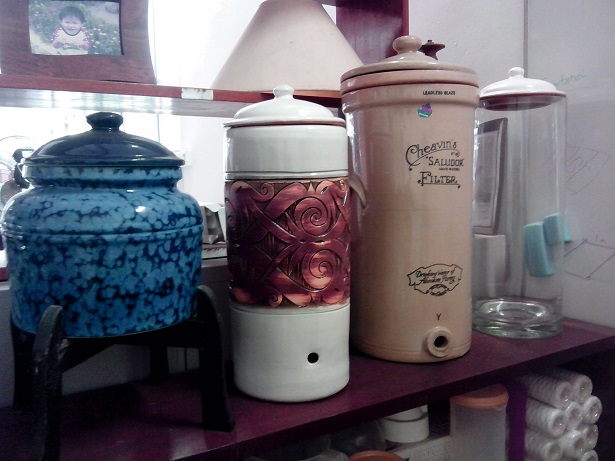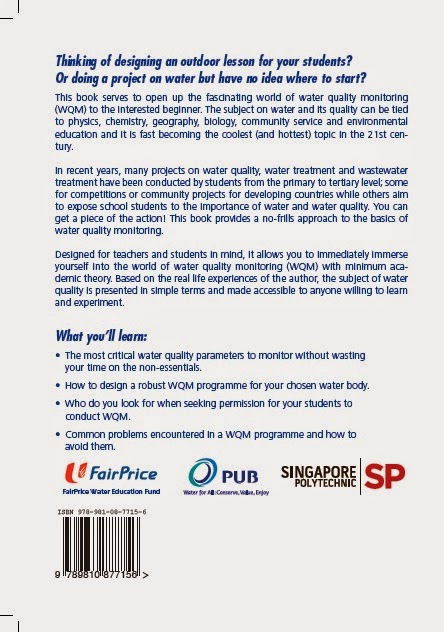[Added by author on 6 April 2016]
Due to new security requirements for government websites by IDA, the above link to PUB no longer works and I have no idea whether it will be reinstated in the future.
[Added by author in Oct 2016]
If you would like to have an electronic copy, please join my mailing list here. Once your subscription has been confirmed, you will be offered the option to download a copy.
[Extracted from PUB's website when it was still available]
Water Quality Monitoring in Singapore
Authored by Kwok Chen Ko, in collaboration with PUB – Singapore’s national water agency, "Your First Guide to Water Quality Monitoring in Singapore" allows teachers and students to explore water quality monitoring with minimum academic theory. The key topics covered include:
- The most critical water quality parameters to monitor.
- How to design a robust water quality monitoring programme for a chosen water body.
- Common problems encountered and how to avoid them.








2 comments:
i saw the feedback on talking point displaying that filtered water has bacteria in it, but since SG water is chlorinated throughout the system at a min quantity, i wish to know how the bacteria grow is possible with chlorinated water flowing throughout.
I am not involved in that study which was conducted by CNA so I do not know the details of the water filtration systems and how they were operated.
I surmise that the filter system could have removed the chlorine (perhaps by activated carbon), thus allowing bacteria to grow in the dechlorinated water.
Post a Comment